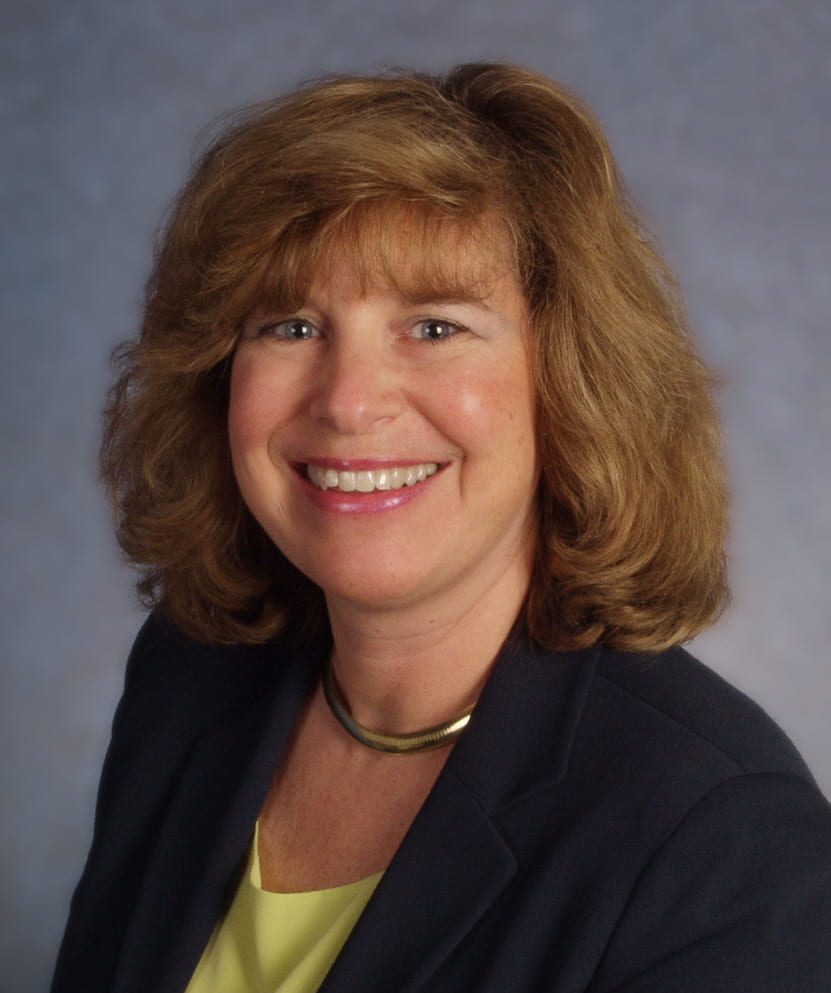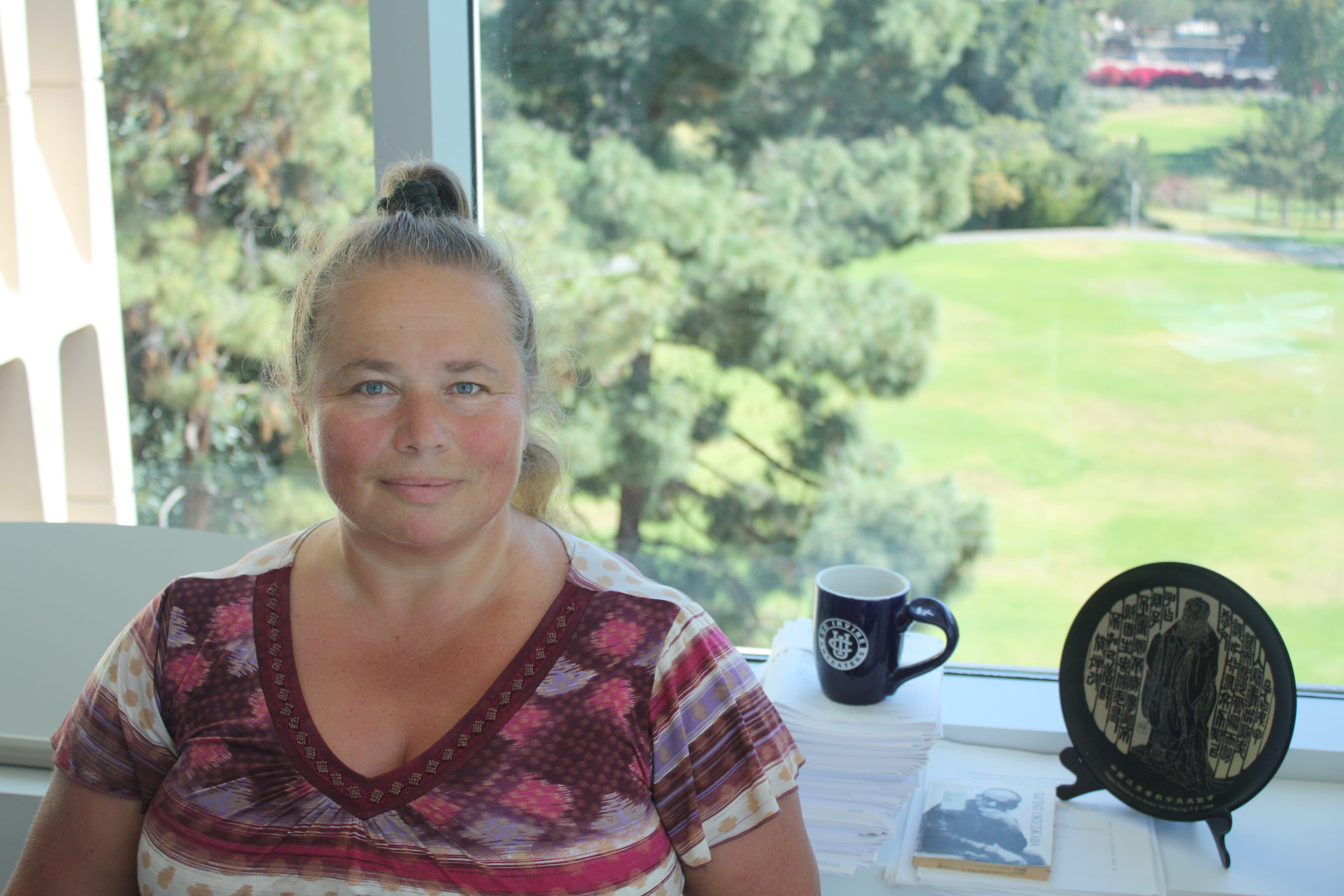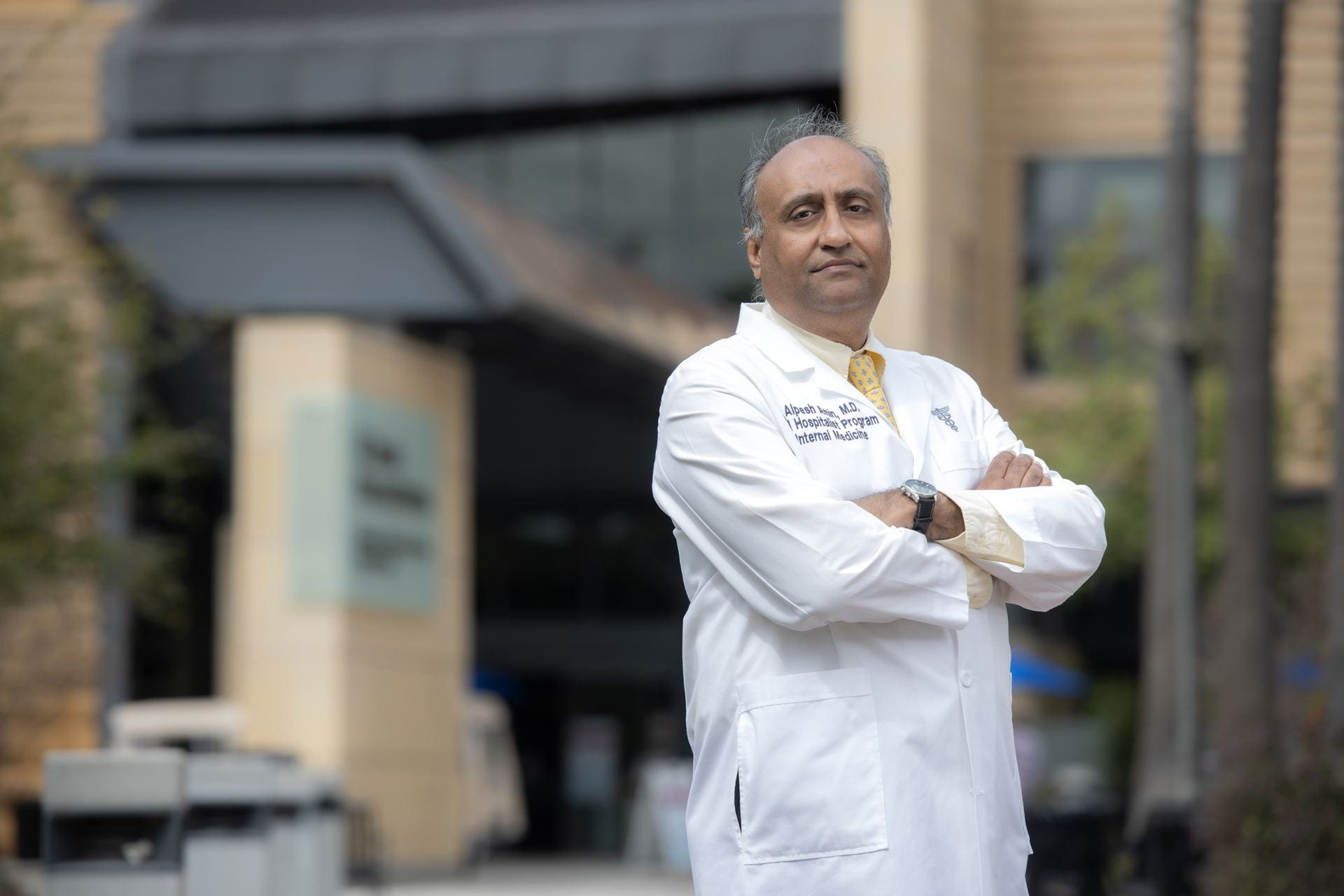Underwater sleuth
UCI researcher investigates threats to coral and other ocean life
Before she turned into a deep-sea detective, Joleah Lamb herded fruit flies, groomed dogs and extracted blood from humans.
But water was her destiny. As a youngster in North Carolina, she learned to scuba dive in a muck-covered backyard pond with near-zero visibility. And when her family moved to the Pacific Northwest, Lamb spent a lot of time fishing for salmon with her dad and submerged in Puget Sound.
Then she dived in Australia’s Great Barrier Reef, a turning point that would uproot her life, propel her into the media spotlight, wreak havoc on her digestive tract and bring her to UCI as an assistant professor of ecology & evolutionary biology.
“It’s been an interesting journey,” Lamb says.
The odyssey began with a study abroad program that took her from classes at the University of Oregon – where she also held odd jobs tending insects and canines – to northeastern Australia, where she had a chance to explore the nation’s vast coral refuge, visible from outer space.
“I was in awe,” Lamb recalls – so much so that after graduating from Oregon in 2005 with a bachelor’s degree in biology and briefly working as a phlebotomist, she moved Down Under.
In 2007, she enrolled in a marine science graduate program at Australia’s James Cook University. While researching coral health for her doctoral thesis, Lamb started noticing something that would later lead to a pioneering scientific study, a flurry of media coverage and a United Nations report.
Gliding along the bottom of the sea, she was struck not only by the colorful creatures and plants she came across, but also by all the trash in their midst – diapers, refrigerators, Barbie dolls, tires, Legos and more. Scuba diving was starting to seem more like dumpster diving.
After cataloging the debris for several years, Lamb had a eureka moment. “My team and I were seeing a lot of plastic on the reefs – and a lot of disease,” she says. “It just kept sticking out as an issue, so we decided to crunch the numbers from our database and were blown away by the results.”

On coral without plastic, the disease rate was 4 percent, but the figure skyrocketed to 89 percent when plastic was touching the coral, she says.
Lamb theorizes that harmful bacteria hitchhike to coral reefs aboard plastic bottles and cups, which have pits, pores and grooves that can harbor microorganisms. A related threat – and one that’s more problematic than plastic straws – is discarded fishing line and nets, which get entangled with coral, she says.
Tropical reefs are akin to “underwater rainforests,” housing extensive marine life and protecting coastlines from tsunamis and erosion, Lamb notes. But once infected, “it’s like getting gangrene,” she says. Nothing but skeleton is left behind.
Her research, the first to link ocean disease to plastic, made headlines in the U.S. and abroad, won praise from Prince Charles and got her invited to co-author a U.N. report on the topic, which was presented in March.
Another peril for coral is global warming, which scientists say is already taking a toll. But the outlook isn’t entirely bleak. Some species can endure extreme temperature shifts in the water, Lamb says: “Are they super corals? We’re trying to find out what’s different and how we might be able to harness that to protect reefs elsewhere.”
Seagrass is another defense, a discovery that Lamb stumbled upon after she and a team of divers contracted dysentery off the coast of Indonesia. When the researchers later analyzed water samples from the area, they found that bacteria levels were sharply lower near seagrass meadows.
Pharmaceutical companies are now investigating the “eerie-looking” underwater plants for antimicrobial agents, says Lamb, who was nicknamed “Garbage Guts” after enduring several bouts of dysentery over the years.
Following fellowships at Cornell University, she joined UCI’s faculty late last year and is currently working on various new studies. In Myanmar, Lamb’s lab group set up underwater listening devices to track the use of dynamite fishing near protected coral reefs. On average, they’ve recorded 80 blasts a day, she says.
In Seattle, they planted cages of mussels in 50 spots around Puget Sound to see if patches of eelgrass protect the mollusks from pathogens.
Closer to home, the researchers are testing wastewater along Southern California coasts and rivers for microscopic pieces of plastic. A single polyester garment, for example, can shed almost 2,000 tiny fibers per wash, Lamb says. But counting how much “microplastic” gets into the ocean is no easy chore. From each water sample collected, the team has to individually remove hundreds or even thousands of particles and analyze them with an infrared spectrometer, a process that takes five minutes per speck.
“The main focus of the lab is to look at how global ocean health and human health are related,” Lamb says, “and to identify ways that marine ecosystems naturally reduce waterborne disease outbreaks.”






